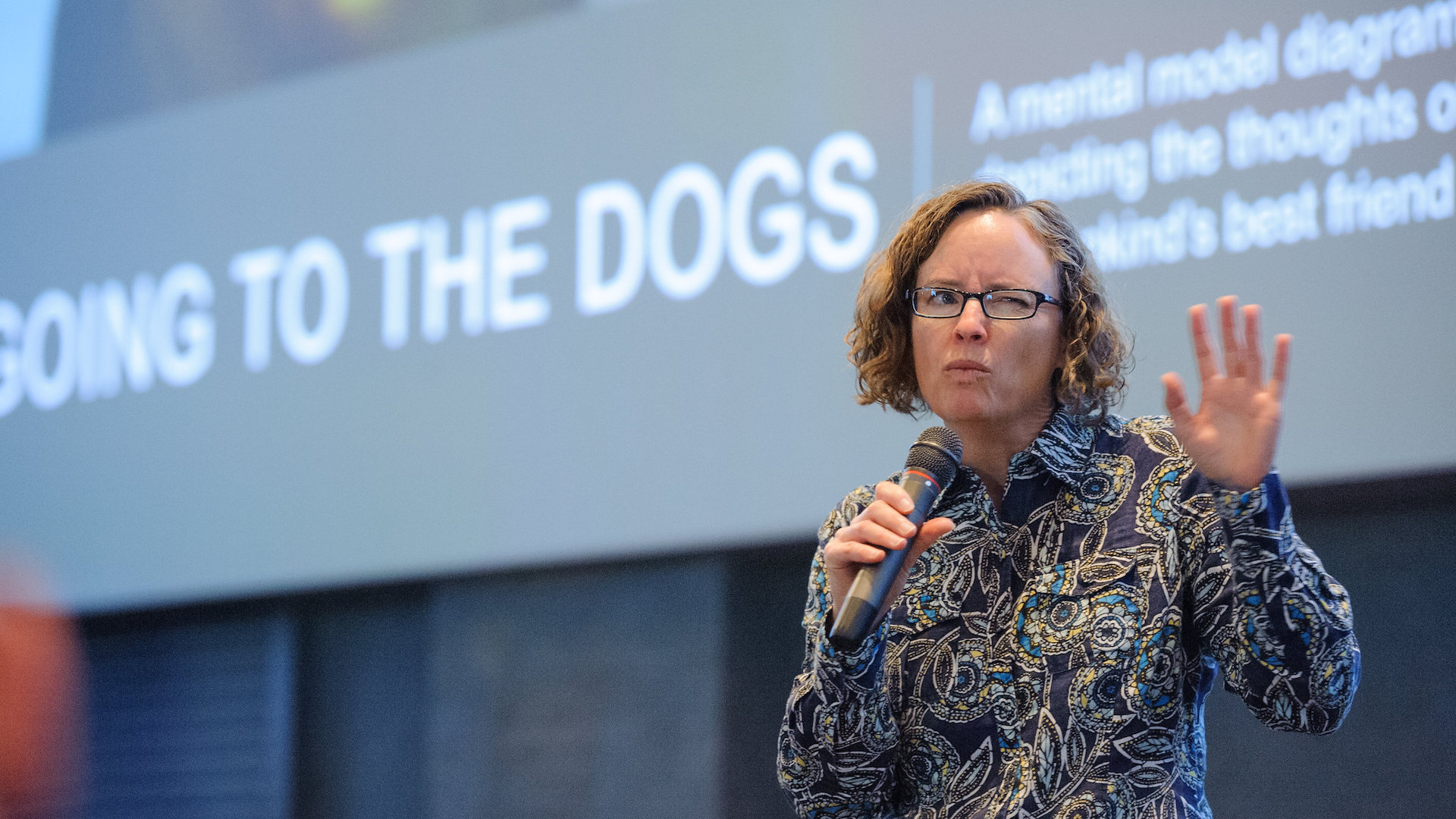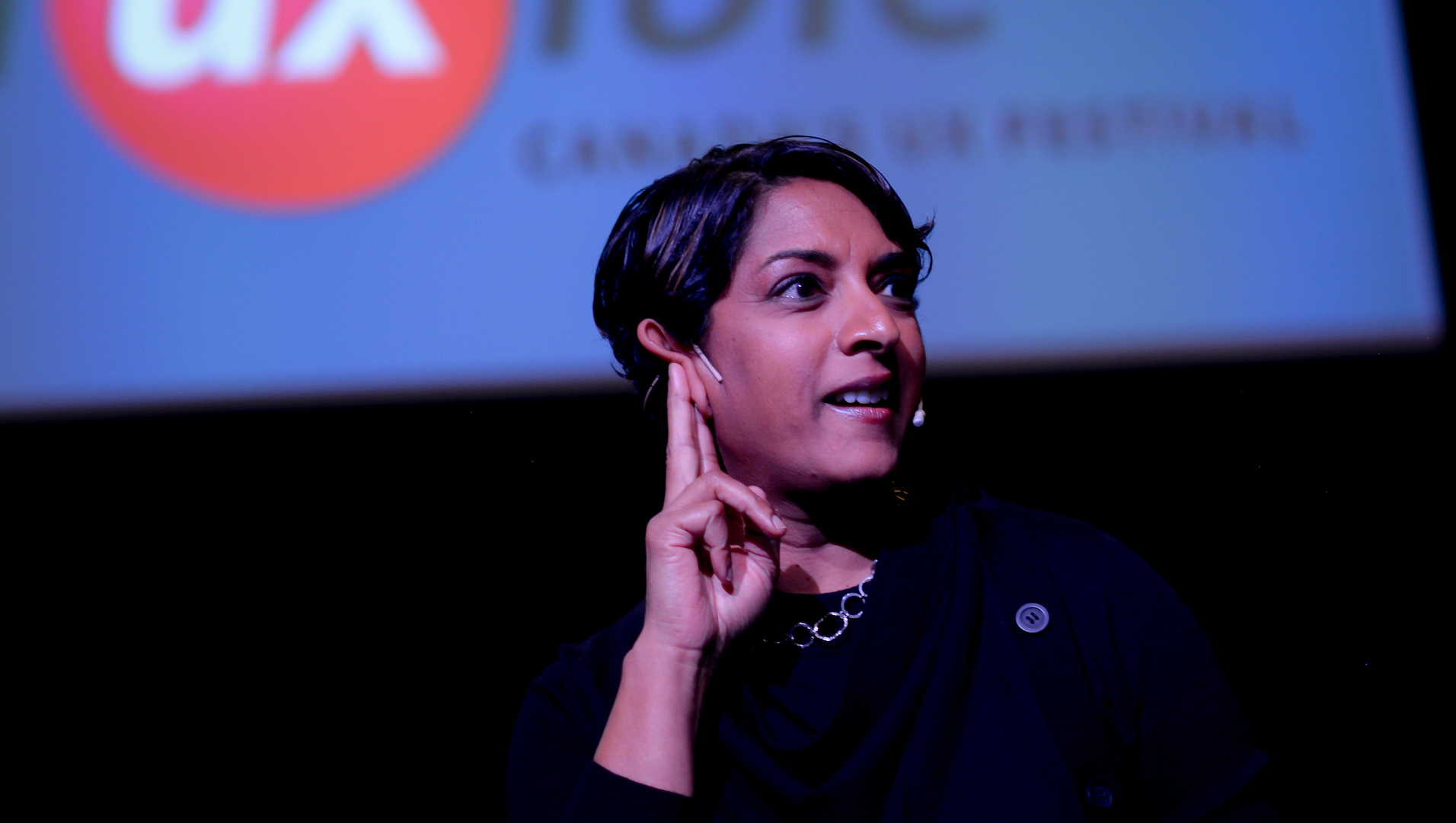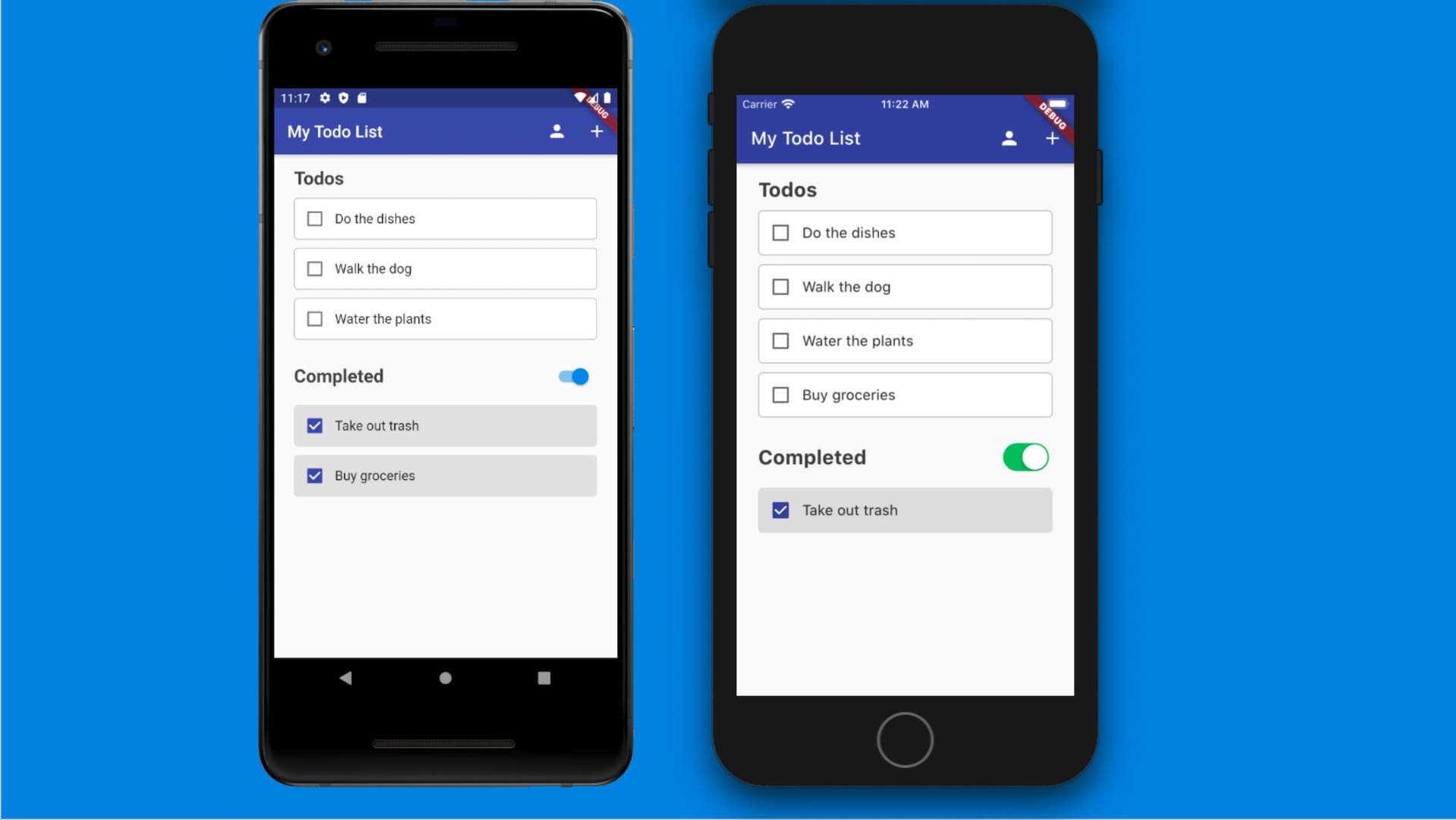Sometimes we’re just in a big rush. Deadlines loom. The clock ticks and we feel pressure to just get our work done. But in our rush to hit a deadline, we inevitably miss something: A question we forgot to ask, answers we couldn’t fully follow up on, another person we didn’t have time to interview. And so sometimes it seems like time is an enemy.
But UX researcher Indi Young had another take: “Really, time is your friend,” she said during Fluxible TV where she talked about deeply understanding the problem space to better support people.
Sometimes, we’re so focused on the finish line that we don’t stop to consider whether we’re letting our biases cloud our conclusions for the sake of meeting our deadlines. When it comes to UX research, Young calls that approach “research theatre” — that hyper focus on speed over paying attention to whether you’re researching correctly with the right method and intent. It means you just make up methods and questions along the way.
“There's no reason to create knowledge.… You frame research by the knowledge that you need. And this is a problem,” said Young.
When we focus on speed, we accept that we’re going to get things wrong. Designers and researchers are asked to collect data in a hurry, so they turn to quick data collection techniques, such as A/B tests and intercept surveys so that organizational leaders can make decisions quickly.
But what if we slowed down a bit and thought about getting things a little bit more right?
“Research is nothing unless you're trying to create a specific piece of knowledge that you're missing,” said Young.
From an early age, we’re taught to have answers, she said. We’re expected to raise our hand in class to show our knowledge, we’re asked to express it in essays, and our education emphasizes having all the answers. We carry that mentality into our careers, where we over focus on solving problems, said Young.
“That is, I think, our go-to knee-jerk reaction whenever we're presented with something, especially a pain point like, ‘Oh, I know how to solve that, or let's figure out how to solve that’. What I'd like us to do is not,” said Young. “When we feel that knee-jerk reaction to a pain point, instead, let's ask, ‘Hey, what's going on for this person?’ Let me find out more.”
But in our rush to get things done quickly, we’ve let bias creep into our research. That’s because we’re generating theories and ideas that only represent the people in the room and the experiences we’ve had, said Young.
“So we need to go and understand other people’s perspectives and understand why they’re doing what they’re doing,” she said.
We do that by spending time in the problem space, said Young, where the focus is on understanding someone’s inner thinking so you can better support them. In the problem space, people have no relationship to your organization. But what they do have is a relationship to their purpose, said Young. That’s what makes the problem space so important for product design and strategy: It has everything to do with people.
But yet organizations spend so much of their time in the solution space — where they’re trying to help someone fulfill a goal — that they forget about what’s motivating people who use their products or services in the first place.
What’s the difference between the problem space and solution space? Young laid it out with a simple example: Let’s say you’re in a pet store and you’re thinking about your sick pet who isn’t eating. In the problem space, you’d think about the fact that your pet is sick and what you can do to convince her to eat. So you’re looking for something that would bring your pet joy. In the solution space, that same scenario takes a different tack: Now you’re thinking about whether the store sells the type of food your vet recommended and whether someone can help you carry the heavy bag of food to your car.
As a UX researcher, the problem space requires you to probe deeper, while the solution space is more superficial.
Without understanding the problem space, we’re just pulling things out of thin air from our own experiences, said Young. We’re jumping to conclusions based on what we think people want without ever really spending time really figuring it out.
But a solid (and successful) product strategy gets its oxygen from the problem space, where product design and strategy are intricately centred around people.
And a key way to gather data in the problem space is with listening sessions — specifically empathic listening, said Young.
It’s all about helping a person feel heard.
“In a listening session you’re not trying to be a researcher. You’re not trying to prove or disprove anything to your team. You’re just generating knowledge,” said Young. “You’re not probing. You’re not persuading.”
She likened it to going on a hike with someone where you let them lead the way and just follow whichever path they take.
Collecting the valuable data that comes from the problem space takes time, said Young. The good news? Problem-space data doesn’t go stale. Young joked that if she could get in a time machine and do listening sessions with everybody’s great grandparents, data from those listening sessions would still be valid today. That’s because you’re not talking to people about how they relate to a product or organization, you’re trying to understand their purpose.
Slowing down, Young said, is a way of keeping bias at bay. When we slow down, we can take the time to understand someone’s inner thinking and better support them.
“We need this depth. We’re missing it right now,” she said.





